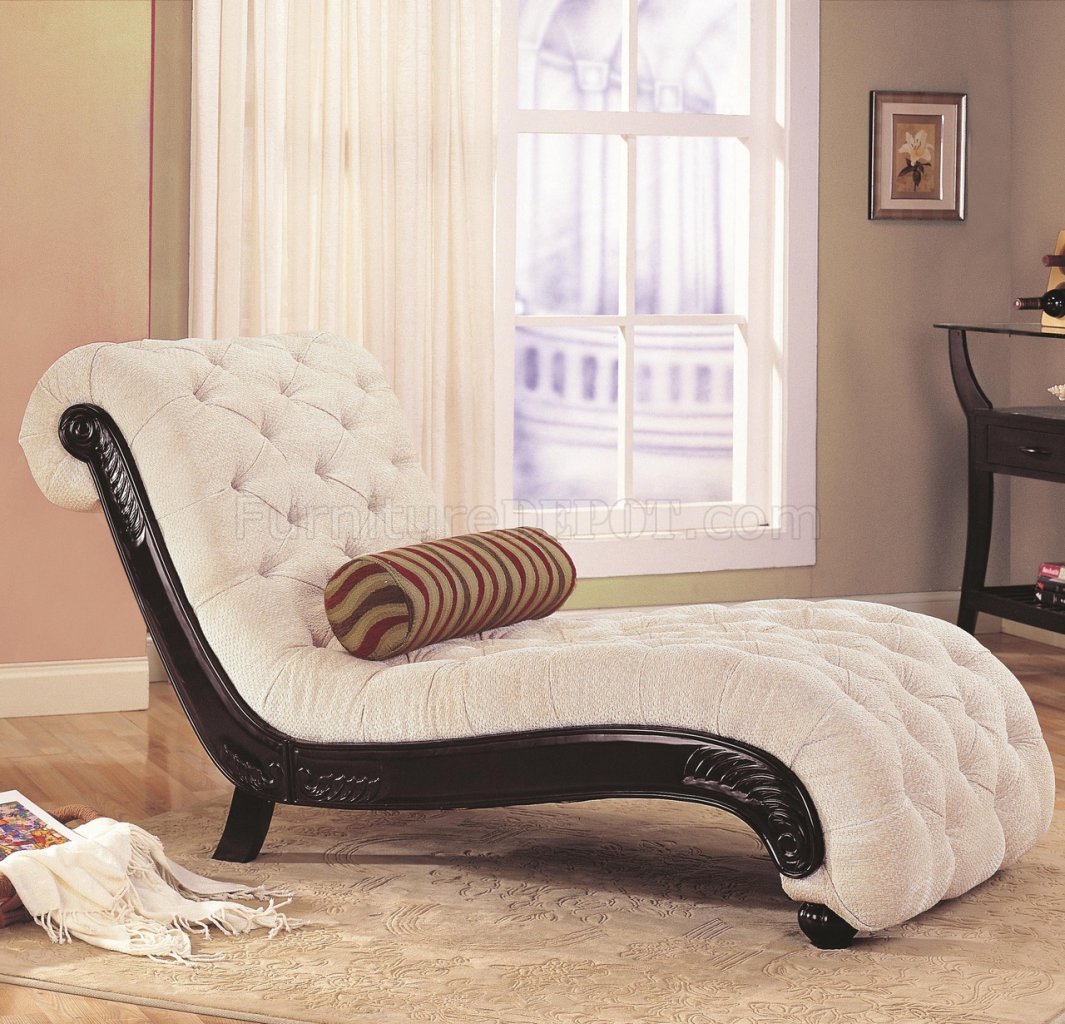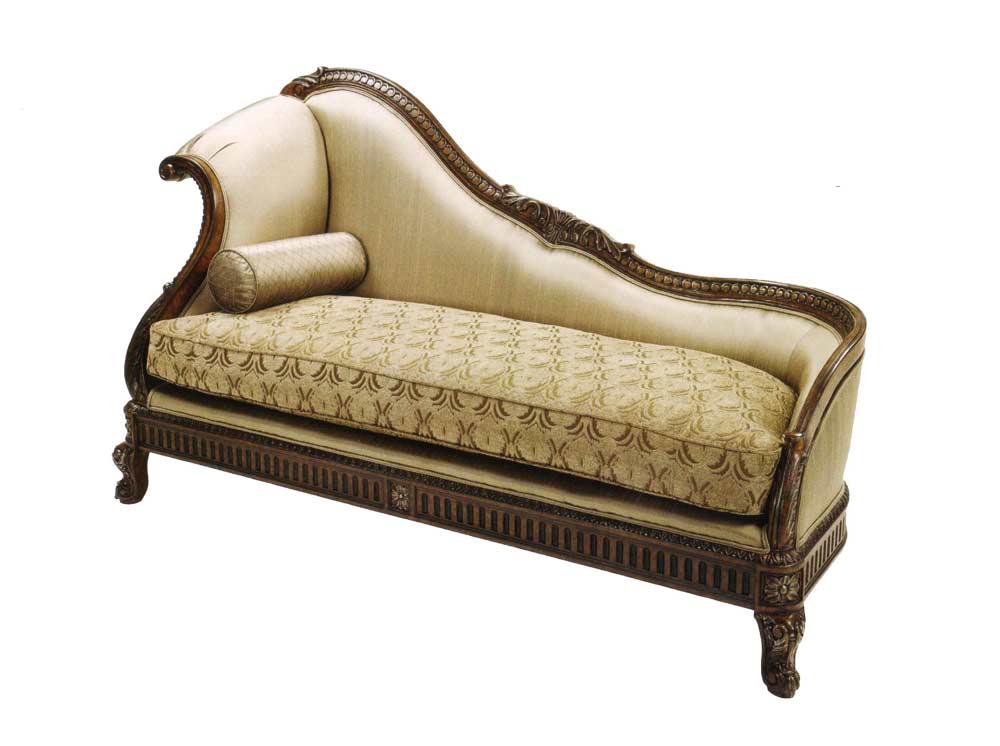Evolution of the Classic Lounge Chair Design

The classic lounge chair design, a symbol of comfort and sophistication, has evolved significantly over the centuries, reflecting changing social norms, technological advancements, and artistic sensibilities. From the simple, utilitarian designs of the past to the sleek, modern interpretations of today, the lounge chair has become a testament to human ingenuity and our enduring desire for comfort and style.
Early Lounge Chairs: Comfort and Utility
Early lounge chairs emerged from a need for comfort and functionality, often serving as practical furniture pieces for resting and relaxation. The ancient Egyptians, for instance, utilized elaborate chairs with cushioned seats, showcasing the early desire for comfort and support. In the 17th and 18th centuries, the rise of the “wingback” chair, featuring tall, wing-shaped backrests, provided greater comfort and privacy, especially in grand homes. This era also saw the development of the “club chair,” characterized by its plush upholstery, low arms, and deep seat, which offered a sense of intimacy and relaxation.
The Modern Lounge Chair: Form and Function
The 20th century witnessed a radical shift in lounge chair design, driven by the principles of modernism and functionalism. Influential designers like Marcel Breuer, Mies van der Rohe, and Le Corbusier embraced clean lines, minimalist aesthetics, and the use of new materials like steel and leather. These principles resulted in iconic designs like the Barcelona Chair (1929) by Mies van der Rohe, which celebrated the interplay of form and function, and the Wassily Chair (1925) by Marcel Breuer, which showcased the elegance of tubular steel construction.
Key Innovations in Lounge Chair Design, Classic lounge chair design
- Materials: The introduction of new materials, like steel, aluminum, and synthetic fabrics, revolutionized lounge chair design, enabling greater flexibility, durability, and comfort. These materials allowed for lighter, more ergonomic designs, pushing the boundaries of traditional furniture construction.
- Ergonomics: The development of ergonomics, the study of human interaction with their environment, significantly influenced lounge chair design. By focusing on the human body’s posture and movement, designers created chairs that provided optimal comfort and support. This led to innovations like adjustable backrests, lumbar support, and contoured seating.
- Sustainability: With growing environmental concerns, the use of sustainable materials and manufacturing processes has become increasingly important in lounge chair design. Designers are exploring eco-friendly materials like recycled plastic, bamboo, and sustainably sourced leather, promoting a more conscious approach to furniture production.
Key Design Principles of Classic Lounge Chairs

Classic lounge chairs are more than just comfortable seating; they embody a sophisticated blend of form and function. These timeless designs prioritize comfort and support, inviting relaxation and contemplation. They achieve this through careful consideration of ergonomics, materials, and aesthetics.
Ergonomics and Comfort
Ergonomics, the science of designing products for optimal human use, is a cornerstone of classic lounge chair design. These chairs aim to provide comfort and support by aligning with the natural curves of the human body. This principle ensures that the user’s posture is maintained comfortably, reducing strain and promoting relaxation.
- Lumbar Support: Classic lounge chairs often feature a contoured backrest that provides support to the lower back. This curvature helps maintain the natural lumbar curve, preventing back pain and promoting good posture. The iconic Eames Lounge Chair, for example, is known for its deep, curved backrest that cradles the user’s back.
- Armrest Positioning: The armrests are strategically placed to support the forearms and elbows, reducing strain on the shoulders and neck. This positioning allows for a relaxed and comfortable posture while reading, working, or simply enjoying the moment. The Barcelona Chair, designed by Mies van der Rohe, showcases this principle with its wide, leather-covered armrests that extend from the chair’s frame.
- Seat Depth and Angle: The depth and angle of the seat are designed to support the thighs and legs, promoting proper blood circulation. A well-designed seat allows the user to sink into the chair comfortably, reducing pressure points and enhancing relaxation. The iconic Cesca Chair, designed by Marcel Breuer, exemplifies this principle with its slightly angled seat and generous depth.
Material Selection and Construction
The materials and construction techniques used in classic lounge chairs play a crucial role in their durability, comfort, and aesthetics.
- Leather: Leather is a popular material for classic lounge chairs due to its durability, breathability, and luxurious feel. It conforms to the body over time, providing a personalized comfort that improves with age. The iconic Chesterfield Sofa, known for its deep button tufting, is a testament to the enduring elegance of leather upholstery.
- Wood: Wood is another classic material used in lounge chair construction. Its natural beauty and warmth add a timeless elegance to any space. The strength and durability of wood make it ideal for crafting sturdy frames that can withstand years of use. The iconic Wishbone Chair, designed by Hans J. Wegner, is a testament to the beauty and strength of wood construction.
- Metal: Metal, particularly steel, is often used for the frames of classic lounge chairs, offering durability and strength. Metal frames can be sleek and modern, complementing a variety of design styles. The iconic Barcelona Chair, designed by Mies van der Rohe, is a striking example of how metal can be used to create a sophisticated and elegant lounge chair.
Proportions and Aesthetics
The proportions of a classic lounge chair are essential to its aesthetic appeal and comfort.
- Scale: Classic lounge chairs are often designed with a sense of scale that balances comfort with visual impact. The chair should be large enough to accommodate the user comfortably but not so large that it overwhelms the space. The iconic Eames Lounge Chair, for example, is known for its generous proportions that provide ample seating while maintaining a sense of elegance.
- Balance: The overall proportions of the chair should be balanced, with a harmonious relationship between the seat, backrest, and armrests. This balance creates a sense of visual harmony and contributes to the chair’s overall comfort. The iconic Cesca Chair, designed by Marcel Breuer, is a prime example of a chair with well-balanced proportions.
- Simplicity: Classic lounge chairs often prioritize simplicity in their design, focusing on clean lines and minimal ornamentation. This simplicity creates a timeless elegance that transcends trends and complements a variety of interior styles. The iconic Barcelona Chair, designed by Mies van der Rohe, is a testament to the power of simplicity in design.
Classic lounge chair design has evolved over centuries, incorporating various styles and influences. One notable era that significantly impacted lounge chair design was the Victorian period, with its emphasis on intricate details and opulent materials. For a deeper dive into the fascinating world of Victorian lounge chairs and their evolution, check out this insightful article: victorian style lounge chair.
These historical influences continue to inspire contemporary lounge chair design, blending classic elements with modern sensibilities.
Classic lounge chair design often embodies timeless elegance, prioritizing comfort and functionality. However, contemporary iterations have embraced bolder forms and materials, often incorporating luxurious leather upholstery. For a modern take on this iconic piece, explore the world of contemporary leather lounge chairs , where sleek lines and plush textures merge to create a statement piece that seamlessly blends style and comfort.
While classic designs may evoke nostalgia, contemporary lounge chairs offer a fresh perspective on relaxation and sophistication.